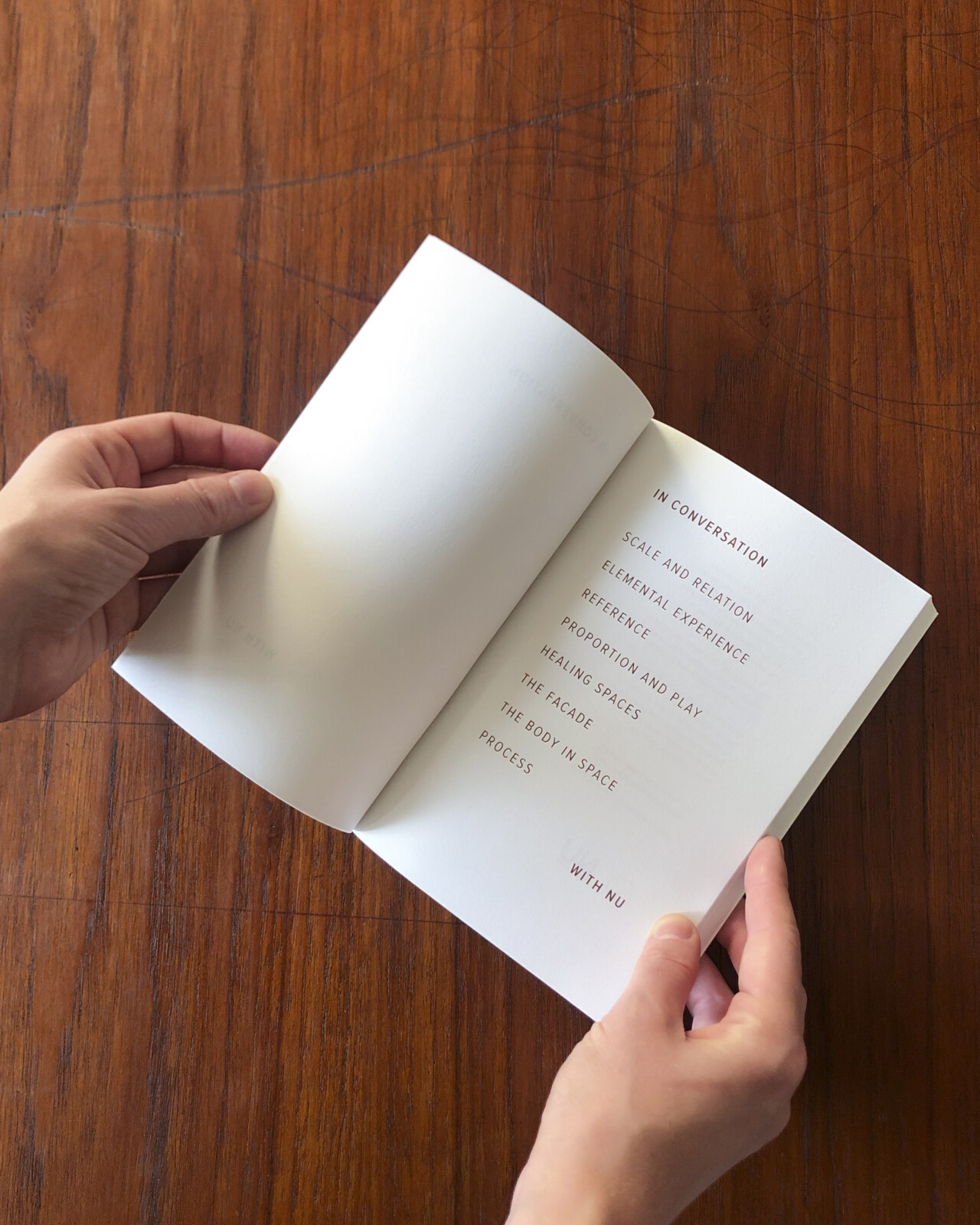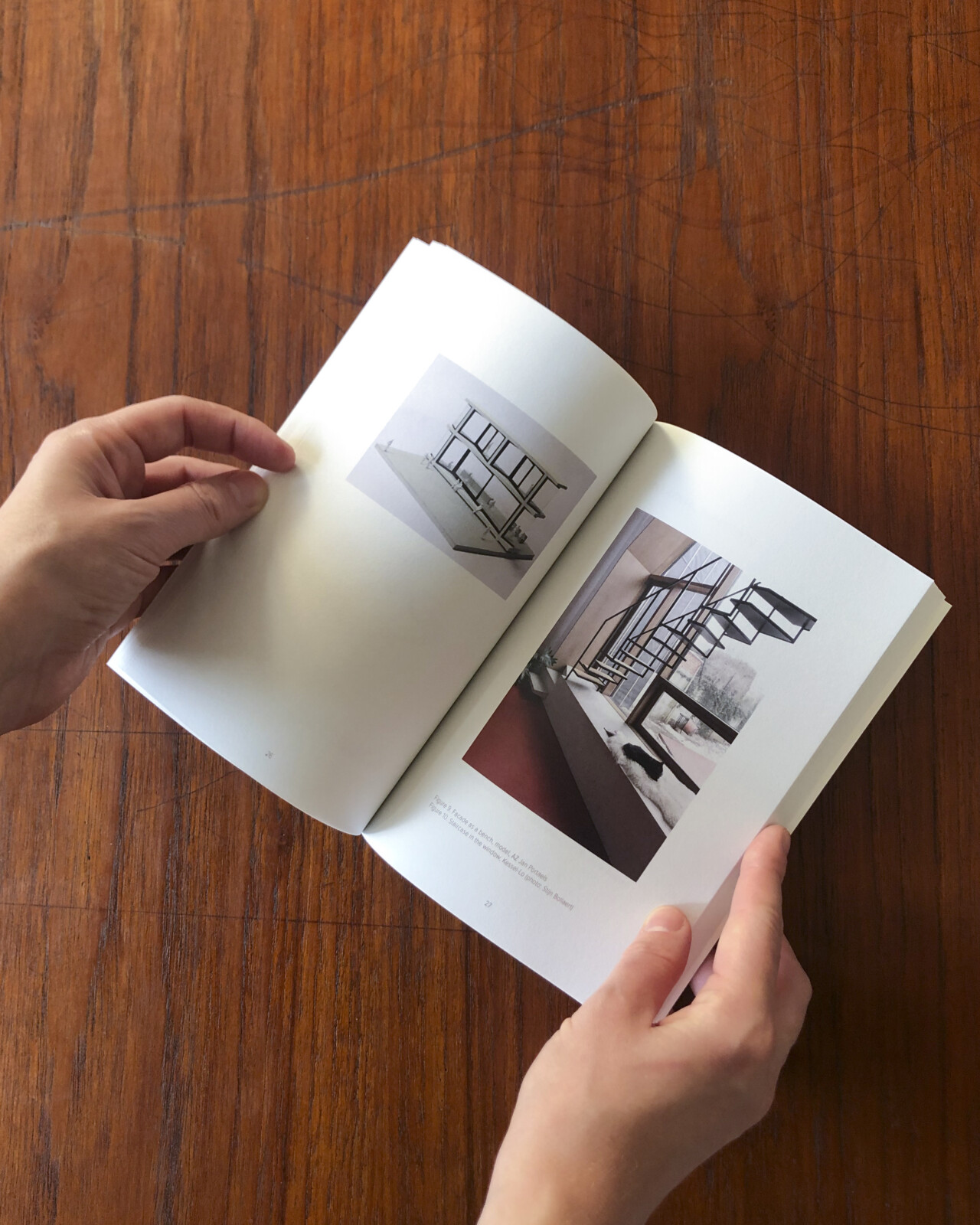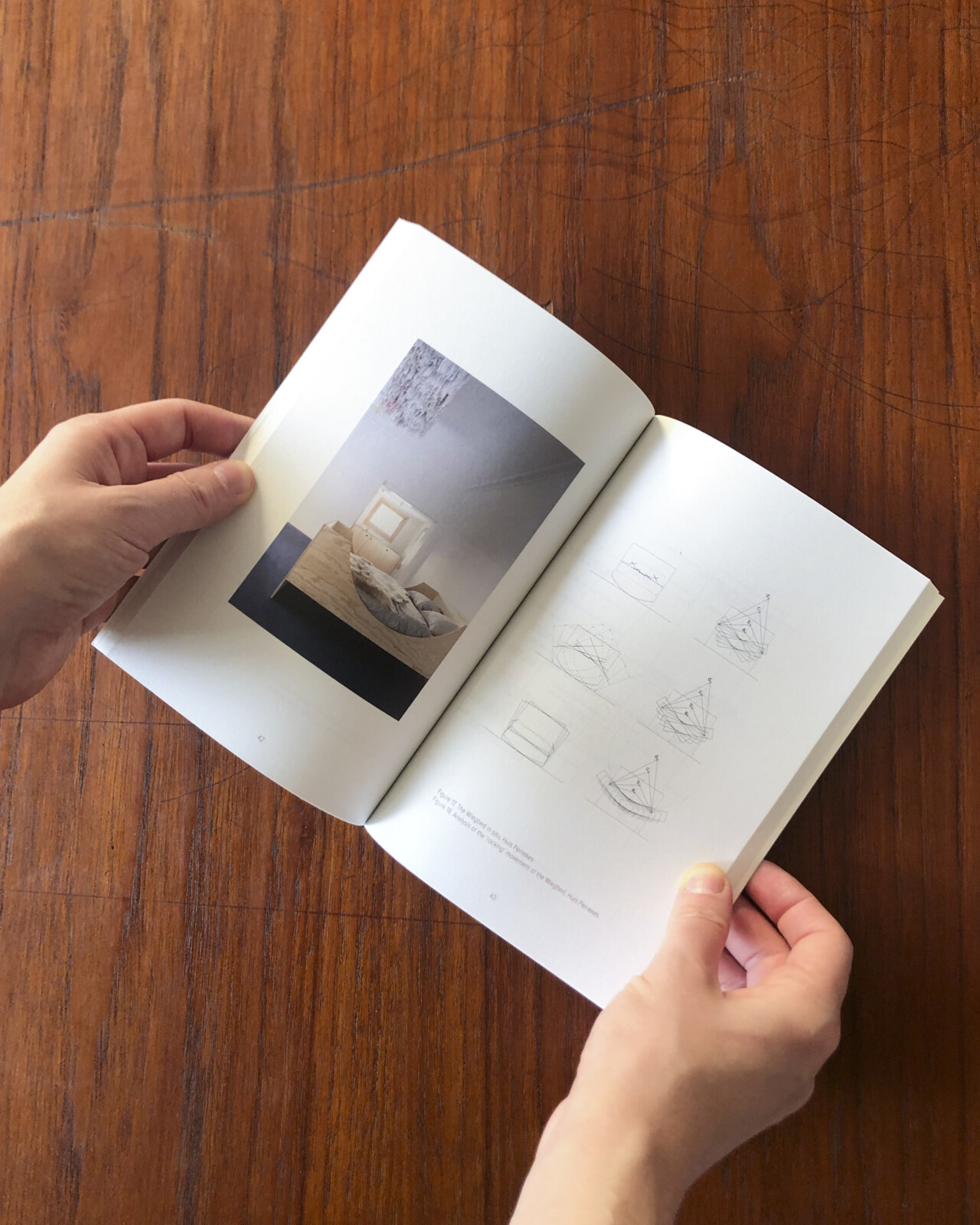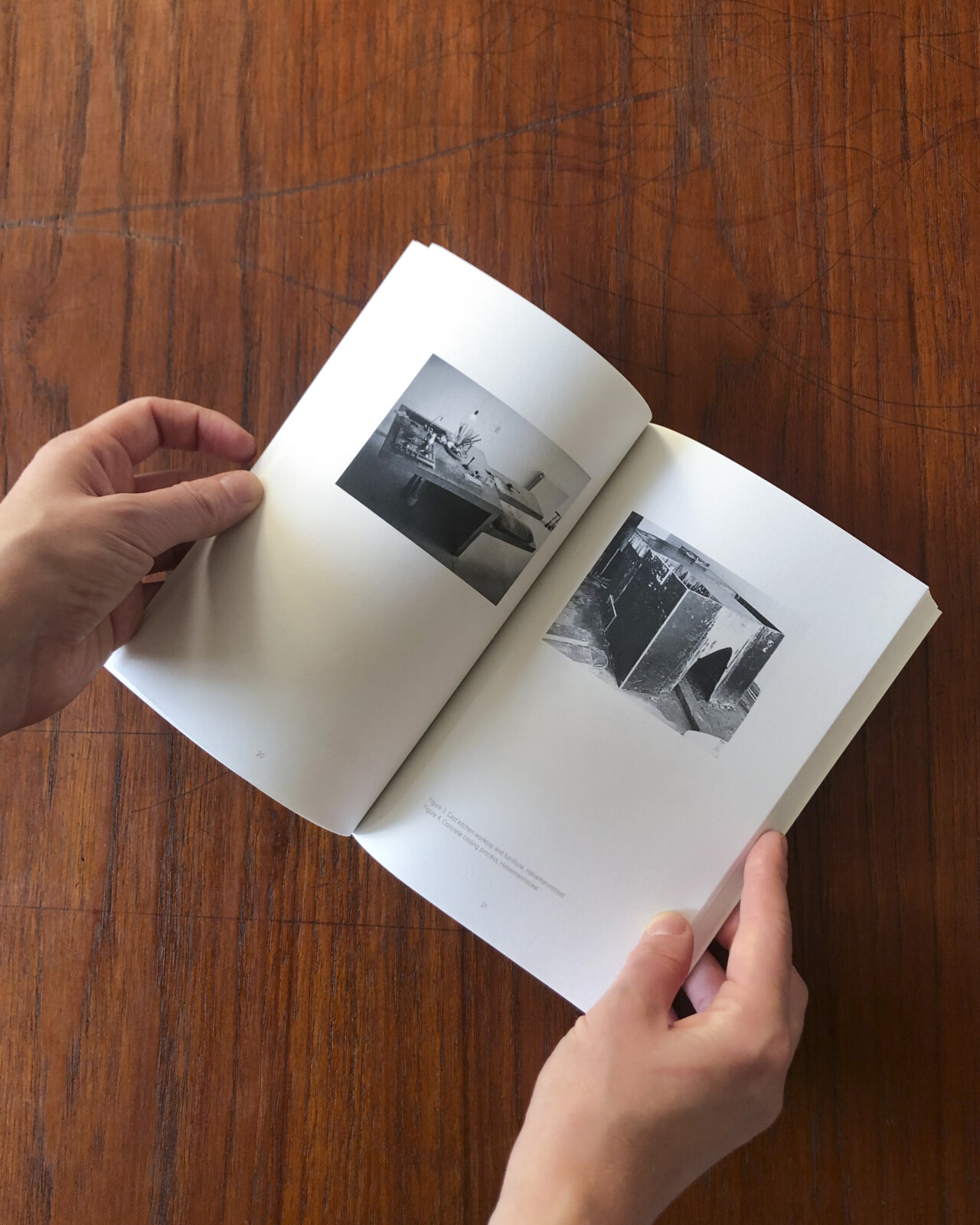This is a short story. Short stories are concentrated reflections which give space to the questions, dialogues and encounters influencing our work.
In the summer of 2020, architecture-research duo ISLANDS (Emma Filippides and Benjamin Rea) held a series of discussions with Armand Eeckels and Halewijn Lievens, founders and directors of NU.
The purpose of these conversations was to explore, drift and spark fresh reflections on the work and processes of the office. In an effort to become better acquainted with the origins and motivations of NU architectuuratelier, ISLANDS spent a period of time digging through the digital project archive. Among seas of technical drawings, references, photographs, sketches and presentation documents, they made a selection of visual material which transcended individual project narratives. The visual pairings were treated as thematic prompts, inviting deep and intuitive discussion in the conversations that followed.
Excerpt from the conversation about ‘scale and relation’:
Islands: It’s interesting to think about building with an idea of impermanence, or as an assembly of objects with their own internal logic. We’ve been interested to see this in some of your larger projects, where it appears that heavy tectonic elements have been arranged and placed on top of furnitures. Suddenly, something that’s usually very temporal becomes the foundation of a building.
We particularly enjoyed this idea of the facade of the building sitting on top of a bench at AZ Jan Portaels.
Halewijn: The bench is another common thread in the projects we do. We like to think in terms of ‘bench’.
Armand: We like that the bench is part of the internal as well as the external architecture; you really get the sense of sitting on the building.
Halewijn: It’s a way for us to facilitate physical contact between people and the building. The bench is an easy device for organising this.
Islands: We see a similarity in the use of stairs, which is really quite interesting. Stairs balancing on top of cast pieces of furniture; we saw this in two or three houses.
Armand: We do play a lot with staircases.
Halewijn: Again, it’s not really furniture, but it’s something that mediates between your body and the building. We like to work with this physical relation. It’s more than something decorative.
Armand: Imagine Kessel-Lo. The building used to be a small apartment building that we refurbished into a single house. There is a central staircase and we opened up two floors to have one common living space over the two levels. We had to situate the second staircase in the living space but we just didn’t know where to put it. It ended up in the window; where you would never expect the staircase to be. Then, the task became finding a way to make the staircase as light as possible. It’s a good challenge, pushing the limits of how fragile you can go with the staircase.
Islands: Looking at some of these threshold spaces, we are interested in how your ideas about permanent furniture elements are embedded in the way you tackle landscape in your projects.
Armand: It’s definitely embedded – though sometimes it’s not even understood very well by clients. For one project we made concrete benches alongside cycle paths. Some people only thought as far as the fact that if you pour a massive piece of concrete it will never go away again. Sure, after maybe two centuries it becomes a ruin, but it can still be used as a bench.
Halewijn: It also acts as an anchor around which activity can centralise. A point of intensity. Imagine that you arrive somewhere in the forest; there are two big rocks and a tree has fallen. If you had to start organising space, these three basic elements would naturally guide that organisation. However, you also have to think of a way to make it your own; to translate these things into a use. I always have these ‘anchor’ ideas somewhere in the back of my mind, but it’s important that it’s not too defined. It should always be exploring.
You can download a digital copy of the In Conversation research book here.





